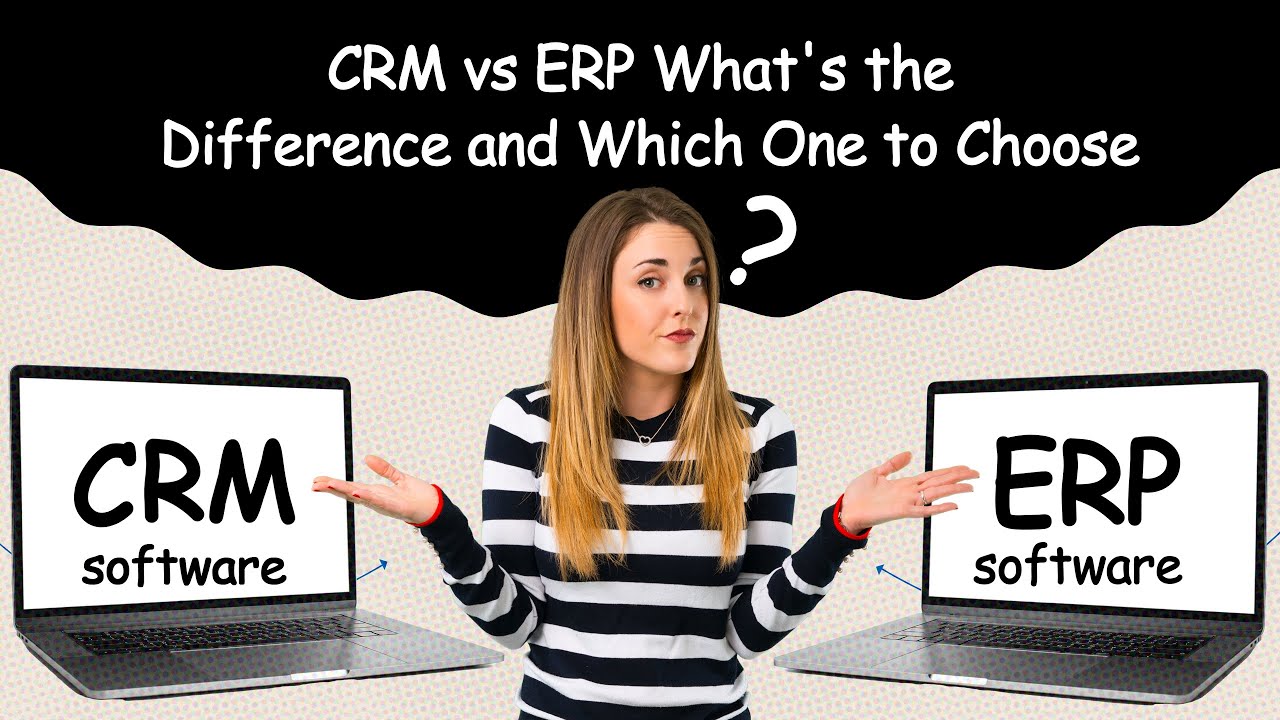
Maximizing Success with Commission and Levelling System: A Comprehensive Guide
In today’s competitive business landscape, achieving success is not just about offering great products or services. It’s also about implementing effective strategies to motivate and reward your team. One such strategy that has proven to be instrumental is the Commission and Levelling System. In this comprehensive guide, we will delve into how this system can be a game-changer for your business and contribute to your overall success.
Understanding Commission and Levelling System
What is a Commission and Levelling System?
A Commission and Levelling System is a structured approach to incentivizing and compensating employees based on their performance and achievements. It combines the concept of commissions, which are typically tied to sales or other measurable goals, with a leveling system that rewards employees as they progress in their roles.
1. Commission’s Genesis: A Reflection of Sales Input
Commission, the lifeblood of our Commission and Levelling System, is intricately tied to sales input. It is a direct recognition and reward for the efforts invested in driving sales. As sales figures rise, so does the commission, creating a dynamic incentive structure that fuels motivation and propels success.
2. Precision in Payment Vouchers: The Importance of ‘Void’
The next crucial step in this process is the creation of payment vouchers. However, human error is inevitable, and discrepancies may arise – whether due to a misstep in payment vouchers, miscalculated commissions, or erroneous sales input. Instead of directly altering the numbers, we advocate for a more robust approach: the use of ‘void.’
Voiding a transaction, be it a payment voucher or commission calculation, provides a clear audit trail. It ensures that discrepancies are addressed with transparency, allowing us to trace and rectify errors without compromising the integrity of our records.
3. Dynamic Leveling: Balancing Commission and Void
For companies with a leveling system, the connection between commission and advancement is evident. Achieving a certain commission milestone may result in a promotion, while voiding a transaction could lead to a demotion. However, relying solely on automated demotion can be counterproductive. Our system empowers administrators to manually execute the demotion process, fostering a healthier and more controlled approach to leveling.
4. Vigilance Through User Activity Tracking

An additional layer of strength in our Commission and Levelling System lies in its ability to track user activities. To mitigate the risk of improper demotions or promotions, the system diligently records every button click, page modification, and movement within the interface. This robust tracking feature acts as a safeguard against potential errors, ensuring that every action is accounted for and easily traceable.
5. Simplicity as a Virtue: A System with a Clear Path
Our system takes pride in its direct and unequivocal approach. It’s a straight path with no convoluted twists. The fewer options for alterations mean a lower likelihood of errors. In a world where complexity can breed mistakes, our system stands out as a beacon of simplicity, minimizing the chances of missteps and ensuring a smooth journey toward success.
Conclusion
In conclusion, our Commission and Levelling System is not just a tool; it’s a carefully crafted roadmap to success. From the inception of commission tied to sales input to the precision of voiding transactions, dynamic leveling, and vigilant user activity tracking, each element contributes to a robust and error-resistant framework. Embrace the straightforward path, reduce complexities, and empower your team for a journey that leads directly to success.


